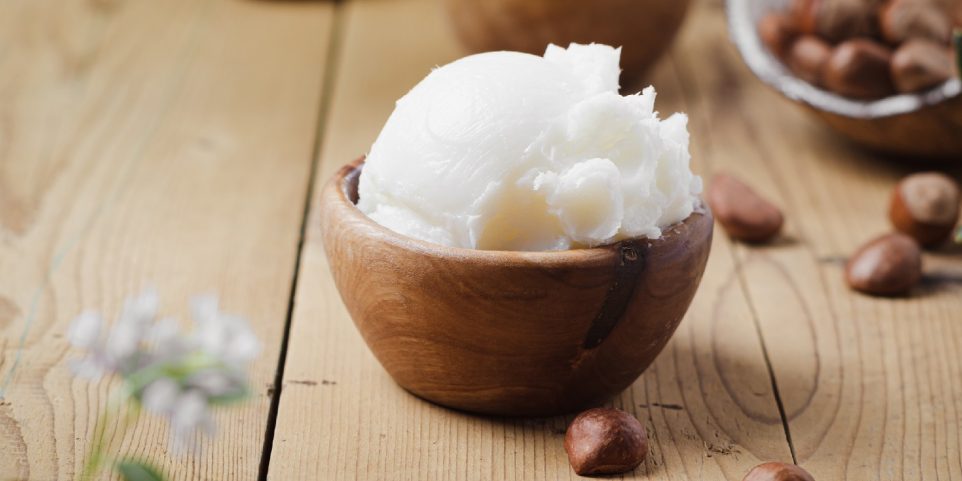Does Shea Butter Clog Pores? Here’s the Truth

Shea butter is increasingly favored in skincare for its exceptional moisturizing qualities, especially beneficial for dry skin. Extracted from the seeds of the African shea tree, this natural substance is replete with vitamins, fatty acids, and antioxidants, making it an excellent choice for nurturing soft, radiant skin. Despite its benefits, some might ask, ‘Does shea butter clog pores and exacerbate acne?’ To answer this, we first need to look at what shea butter is actually made of.
Understanding Shea Butter
Shea butter is a dense, creamy material that melts upon skin contact, easing application. It’s packed with essential fatty acids like oleic acid and stearic acid, enhancing its moisturizing benefits. Additionally, vitamins A and E in shea butter provide antioxidant support, promoting overall skin health. Research highlights the importance of vitamin E in dermatology, noting its protective effects against photo damage and aging.
Does Shea Butter Clog Pores?
Concerns about shea butter’s potential to clog pores are widespread, particularly among those with oily or acne-prone skin. Yet, shea butter is classified as non-comedogenic. It is formulated to have a minimal likelihood of clogging pores due to its unique fatty acid composition and the presence of stearic acid, which helps to cleanse and tighten pores.
The Science of Non-Comedogenic Ingredients
Shea butter’s potential to clog pores is low, which is reflected in its balanced ratio of oleic to stearic acid. Oleic acid, though somewhat comedogenic, is effectively counterbalanced by stearic acid, which is known for its cleansing properties that help keep pores clear. This balance ensures that shea butter provides moisture without contributing to acne outbreaks.
Benefits of Shea Butter
Beyond its moisturizing effects, shea butter helps soothe dry, irritated skin and creates a protective barrier to lock in moisture. Its anti-inflammatory properties also reduce redness and swelling, potentially benefiting acne-prone skin by calming flare-ups and reducing acne-induced inflammation.
Choosing Quality Shea Butter
To maximize benefits, it’s crucial to select high-quality, raw, unrefined shea butter, which preserves more of its natural properties and is less likely to contain irritating additives. When introducing new products to your skincare regimen, especially those as potent as shea butter, performing a patch test is essential to ensure compatibility with your skin.
Incorporating Shea Butter into Your Skincare Routine
Integrating shea butter into your routine can be done directly by applying pure shea butter or through products that list it as a key ingredient. When using shea butter, warm it between your palms before applying to ensure it spreads evenly. Focus on dry areas that need extra attention, such as elbows, knees, and heels.
Conclusion
Shea butter is a versatile, effective moisturizer suited to various skin types, including those prone to acne. Despite concerns, its unique composition and non-comedogenic nature make it a safe choice for enhancing skin moisture without clogging pores. Always opt for the highest quality shea butter and conduct a patch test to ensure it agrees with your skin type.
Elevating the Shopping Game
Our platform offers in-depth reviews and analyses across various product categories, empowering you to shop with confidence and precision. Here, transparency and detailed research pave the way for smart choices that reflect your needs and values. Join our community and elevate your shopping experience from buyer to expert, one report at a time.